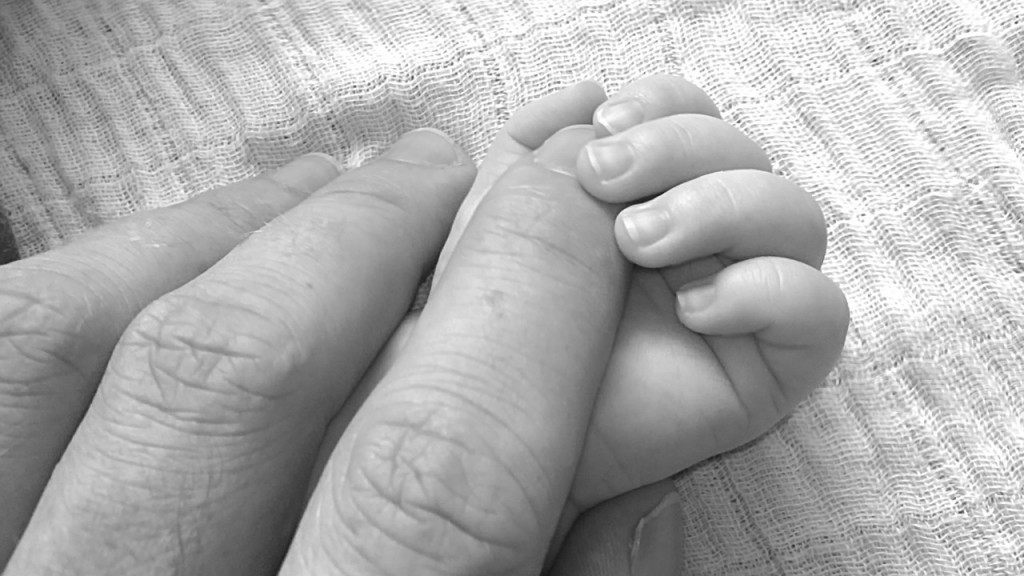Expressing anger in a constructive way is challenging and in many situations almost impossible. First we need to locate the source of our anger then determine whether we actually are angry with others or ourselves. Is it righteous anger or displaced anger and is this a battle that is wise to wage? Is it way beyond the particulars of the situation?
Another question is are we using anger as a defense? For example, anger can keep you from dealing with:
* the source of your fear.
* the critical voices in your head.
* personal values that create guilt.
Anger can:
* prevent you from examining the losses in your life.
* stop you from communicating your hurt.
* keep you immobilized and not able to problem solve.
* keep you angry & not moving forward.
Let us discuss the wisdom of choosing our battles. Some of the questions that would be helpful to ask are:
* How important is this relationship?
* What are my personal costs if I keep quiet?
* Is there a power imbalance (e.g. Employer – Employee) and what are the costs of speaking up? (e.g. will I lose my job, will it be difficult in the long term if I speak up?)
* Will I put myself at risk physically if I speak up?
* Can I express myself clearly and constructively?
* Will this person understand if I speak up?
* Is this battle worth fighting?
* Would letting go and not taking the situation personally be a better strategy in this situation?
The point in asking these questions is that it makes us pause and better define the situation and decide whether to go ahead with expressing our feelings. Choosing not to proceed in any of these situations does not mean we stuff our feelings. There are other constructive ways of expressing feelings of anger without confronting the person directly (e.g. writing an “unsent letter” to them). Sometimes, knowing that we will not win with someone who is unapproachable and/or has more power than us and instead taking care of ourselves in the situation is a better route than confronting the person and being much worse off.
This does not mean we should accept bullying or sexual harassment. There are other better ways to deal with such problems rather than confronting the person directly. Analyzing the situation is rather tricky. Our feelings sometimes prevent us from perceiving the situation accurately and that is when I believe it is time to bring in a trusted friend, colleague, family member, or counsellor.
When using our feelings to help us direct our lives, we definitely need to give them more than a glance. They are there to guide us to more authentic and healthy ways of being. Strong feelings indicate that we have to take notice and that there could be underlying and long-term issues fighting for uncovering and expression.
Not expressing feelings constructively has the potential to really get people in trouble in their relationships, at work, and with the law. However, not giving them expression is destructive as well because they can erupt at any time in the most inopportune places or wreck havoc on our health. Road rage is a good example of this. Unexpressed feelings seek out opportunities to vent. It can happen on the road or with service personnel who have done some small thing to irritate you.
When you decide it is time to express your feelings, an anger script can be helpful. Write something like what follows before you talk to the person:
In making an assertive statement use the following:
“When you___________ I feel_______________ and the consequences are that I___________________.”
It is important that you are specific about the situation and your feelings and the consequences are realistic. An example:
“When I ask you to empty the dishwasher and you ignore my request, I feel angry and disrespected and as a consequence, I don’t want to make dinner for you or help you with anything”.
Another area where we can feel angry is when others cross our boundaries and/or we agree to things we don’t really want to do. We can then feel resentment, a real sign we need to set limits.
It is surprising how many people have a difficulty with saying a simple “no”. We really don’t have to justify a no answer. Making excuses is not being honest or authentic. Often, just a simple “No I am unable to pick you up this evening” is justifiable. Other times, we may have to give the person more information. The following guidelines are adapted from McKay, Rogers, and McKay (1989):
* Acknowledge the other person’s needs
* Advise them of your position, preference, feelings etc.
* Say “no”
“I know you were counting on me to have dinner with you this evening but I would prefer not to go and stay in instead. So I am unable to come to dinner”.
When setting limits, it is important to spend time thinking about the situation and the best way to go about it. Over apologizing and putting yourself down is not helpful; positive “Self-talk” is important!
Beware of guilt feelings getting you to agree to something you don’t want to (see my Blog on Guilt). Also, make sure your body language is assertive not passive or aggressive.
You can also negotiate with the person.
“I am unable to drive you home however I can drive you to the nearest bus station and provide you with bus fare if needed.”
The “broken record” is a good strategy when people are persistent. Repeat your assertive statement.
“No, I would not like another drink.”
Being specific is key. If you are vague and the person is trying to persuade you, it will give them an opening.
I have used two books as references and the title of one says it all: Don’t be Nice, Be Real. Most reasonable people appreciate your realness and willingness to be clear and assertive. Avoiding and making excuses tends to be disrespectful and leaves most people with an uncomfortable feeling. Being assertive takes some work. However, expressing your feelings, wants and needs is being honest, authentic and respectful to others even if they disagree with you. They likely will respect you for it.
References:
Bryson, K. (2004). Don’t Be Nice Be Real: Balancing passion for self with compassion for others, Santa Rosa CA: Elite books
McKay, M., Rogers, P. & McKay J., (1989). When Anger Hurts: Quieting the storm within, Oakland, CA: new Harbinger Publications, Inc
*The views expressed by our authors are personal opinions and do not necessarily reflect the views of the CCPA








